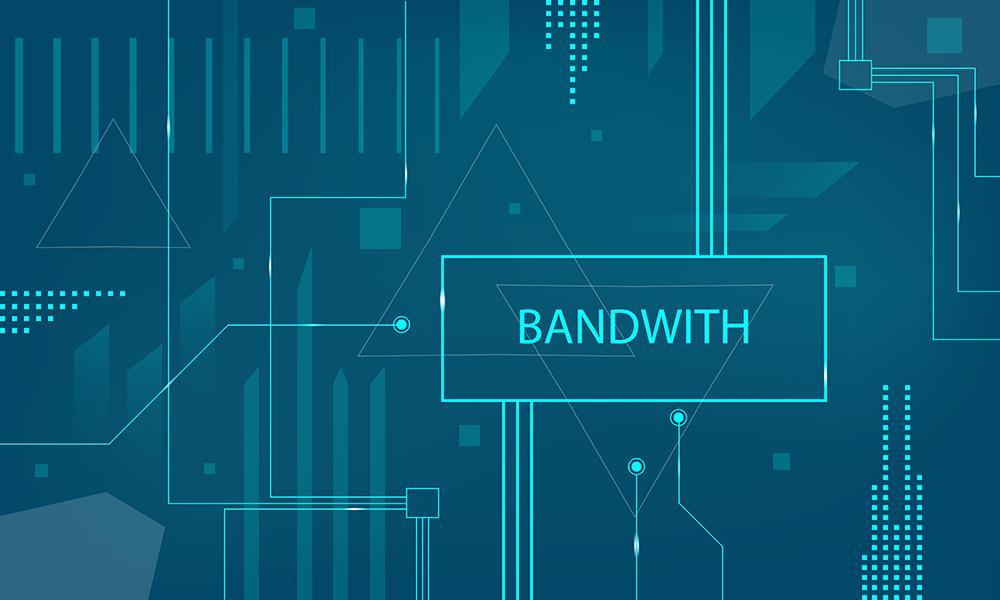Basic introduction
In large and medium-sized hosting services, customers have higher requirements for bandwidth. The content and nature of their website determine that only independent bandwidth resources can meet the quality requirements. And this kind of bandwidth resource that is only used by a single customer is called exclusive bandwidth.
The charging method of exclusive bandwidth is different from shared bandwidth. It is a combination of two types. The first type is the cost of rack space occupied by the server, and the second is the cost of exclusive bandwidth, divided into categories Local computer bit fee and bandwidth fee.
Using exclusive bandwidth, the entire bandwidth resource belongs to one customer, so the charge is based on the highest value of the exclusive bandwidth, not the actual usage of the customer. For example, if a customer packs a rack plus 100M exclusive bandwidth, even if there is only one server in the rack packaged by the customer, and even if this server only uses 1M bandwidth, then the customer must Pay in full according to the cost of a rack and the bandwidth of 100M exclusive bandwidth.
The advantage of exclusive bandwidth is that the amount of bandwidth can be used freely, which can guarantee the speed and network quality; the disadvantage is that it is expensive, generally 100M exclusive bandwidth, the corresponding price and the quality of the selected line and area Related.

Exclusive and shared
Recently, some community users have reported that the speed at home when they surf the Internet is "shrinking" from the operator's promise. Telecom experts remind the majority of netizens that there are many reasons that affect the speed of broadband Internet access, the most important of which is that the bandwidth of the selected access method is exclusive and shared.
What exactly is exclusive bandwidth? Specifically, when the user's computer accesses the Internet through broadband Internet access, the data transmission bandwidth is independently connected to the network without going through any other links. This is the exclusive bandwidth.
If the broadband access method is exclusive bandwidth, then its access will inevitably be relatively stable, and the speed can be effectively guaranteed. Taking ADSL as an example, it uses a star structure in the network topology, which means that each user’s network terminal has a separate line connected to the ADSL local end. This setting allows ADSL to ensure that all bandwidth is Exclusive to each user, even if the user surges, its speed will not slow down.
In fact, whether the bandwidth of all access methods is common or not mainly depends on whether the link from the user terminal to the telecommunications backbone network is independent, if not, then it is a broadband with multiple people sharing the bandwidth.
The Beijing community users mentioned at the beginning of the article mostly use LAN access, which is actually a kind of bandwidth sharing. Generally speaking, the entire cell is a local area network, and the total bandwidth connected to the telecommunications backbone network is 10M. That is to say, if there are 100 people in the cell online at the same time, then there are 100 people sharing the 10M bandwidth. Therefore, the bandwidth is shared. Under broadband access, the speed may be reduced when there are more users on the Internet.
In addition, another typical representative of shared bandwidth should be the Cable Modem access of the cable TV network. It adopts a hierarchical tree structure, and the total bandwidth is 10M the same as that of Beijing Telecom’s LAN access. , Also need to face the danger of slowing down when the number of users increases.
